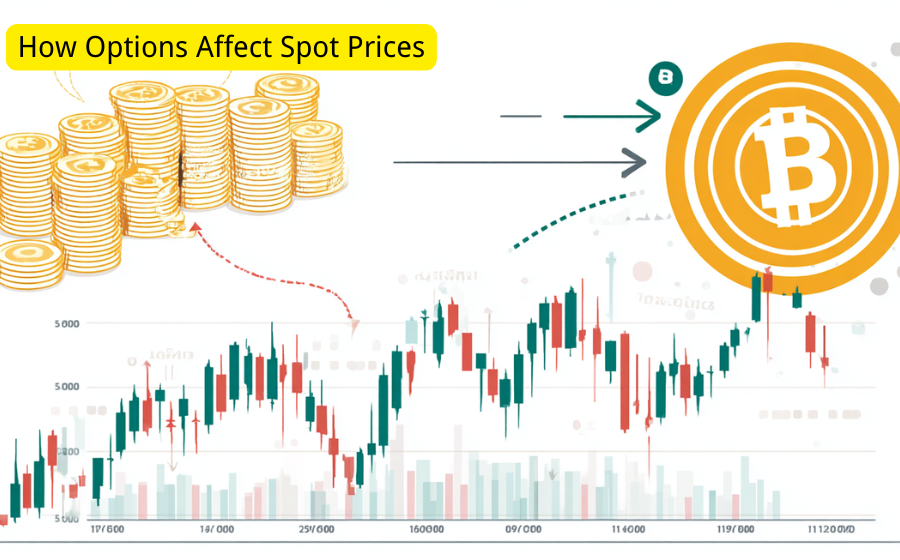
KEYTAKEAWAYS
-
Polymarket offers multiple arbitrage opportunities, including sum-of-prices inefficiencies, late-stage certainty trades, and cross-market logic plays, all exploitable with speed and precision.
-
Advanced traders rely heavily on automation and data analysis, using tools like Polymarket Agents, Spike Bot, and Hashdive to gain real-time market insights and execute high-frequency strategies.
-
Event-driven arbitrage thrives on information asymmetry, where milliseconds of early access to news can determine profit or loss—blurring the line between trading and alpha extraction.

CONTENT

THE BATTLEFIELD OF PREDICTIONS: SILENT WARS OF ARBITRAGE ON POLYMARKET
In a decentralized, permissionless, and open-source world, prediction markets have become the ultimate arena for information hedging and intellectual warfare. Polymarket, a protocol built on Polygon, is attracting a new wave of sophisticated arbitrageurs carefully positioning themselves around every outcome. These are technically armed hunters, exploiting mispricing, behavioral biases, and gaps in liquidity to earn profits from subtle price movements.
Trading on Polymarket seems simple: you bet on whether an event will occur. If you’re right, you earn $1; if you’re wrong, you get nothing. The price of a contract reflects the crowd’s probability estimate. But beneath this structure lies a series of built-in arbitrage windows. In multi-outcome markets, for example, if the sum of all options’ prices is less than $1.00, a risk-free arbitrage exists. During the 2024 US election, if Biden trades at $0.49, Trump at $0.48, and other candidates at $0.01, you can buy all for $0.98 and earn $1 regardless of the result—locking in $0.02 profit. This is known as sum-of-prices arbitrage.
But markets are alive, and arbitrage is a race against time. These professionals don’t just react faster than retail traders—they also deploy bots and scripts to detect inefficiencies within seconds. The final minutes before resolution—known as endgame arbitrage—are often the most intense. As outcomes become nearly certain, contracts still trade at $0.97–$0.99. Low-risk capital floods in to scoop the final few basis points. “A single black swan can erase a year of gains. But that’s the thrill of playing on-chain,” one anonymous market maker posted on Discord.
WEAPONS OF CODE: THE TOOLKITS BEHIND ARBITRAGE STRATEGIES
Successful arbitrage cannot be executed manually. Especially in a 24/7, on-chain market with second-to-second fluctuations, arbitrageurs must operate with powerful automated infrastructure. In 2024, Polymarket launched Polymarket Agents—a framework for building bots that can interact with the Polymarket API, parse external news, and make autonomous trading decisions. It’s a tactical command center for arbitrage operations: from market making to event-driven strategies.
Alongside the official tools, the community has built robust open-source alternatives. Spike Bot, developed by well-known trader Trust412, monitors rapid price movements and auto-executes trades on anomalies. Another robot by defiance_cr automates market making by providing two-sided liquidity and harvesting spread income and rewards. Professional market makers have earned millions over the past year using such systems.
Beyond execution bots, data platforms provide critical intelligence. Polymarket Analytics and Hashdive offer deep market insights—volume distributions, top trader behaviors, and capital flows. Polysights, powered by AI, monitors arbitrage signals and sends live alerts via Telegram. Meanwhile, tools like TrendSpider integrate Polymarket odds into price charts to visualize emerging opportunities.
The technical barrier is rising. Most of Polymarket’s top traders now rely on full automation. They’ve moved beyond intuition. Now it’s all about speed, statistical edges, and machine precision. As one LP noted: “This isn’t about guessing anymore. It’s about calculating deviation and pulling the trigger first.”
SPEED OF PERCEPTION: WHERE INFORMATION BECOMES PROFIT
Arbitrage is not just technical—it is cognitive. On Polymarket, the edge often comes from acting on information before others do. In a hyper-fragmented media landscape, learning something one minute earlier than the market can be extremely profitable. This is the basis of event-driven arbitrage.
Take the US presidential primaries as an example. Long before official announcements, clues may appear on Twitter, local news, or Telegram leaks. Arbitrageurs run NLP models to monitor these sources, identify signals, and instantly trigger trades. This reaction pipeline—from input to on-chain order—often completes in seconds, well ahead of retail users.
“This is very close to MEV logic,” a political-market tech builder commented. “The core assets here are low-latency information and automated decision engines.”
But the risks are real. Misreading a news item or acting on false signals can be devastating. There have been several major loss events on Polymarket where unclear rules or mispriced expectations led to mass misjudgments—while savvy arbitrageurs cashed in. To succeed, you need to grasp both the market’s mechanics and its narrative.
Ultimately, arbitrage exploits pricing errors and information delays. While such gaps are shrinking as tools and traders improve, Polymarket’s current stage still presents rich opportunities for those who know where to look.
STRATEGY AS LOGIC: CROSS-MARKET ARBITRAGE AND THE PROBABILITY PUZZLE
Beyond price mismatches, Polymarket’s most advanced arbitrage form lies in cross-market strategies. These tactics rely on logical correlations between multiple markets. For instance, the result of a semifinal game in the NBA may immediately affect the championship odds. Arbitrageurs build multi-market portfolios based on cause-effect relationships.
Research from IMDEA categorized arbitrage into three types: sum-of-prices arbitrage, endgame arbitrage, and cross-market logic arbitrage. The third is the rarest but potentially most profitable. These traders piece together a massive probabilistic puzzle to find correlated assets and place asymmetrical bets.
For example, a market on “Trump winning the GOP primary” is highly related to “Trump winning the 2024 presidency.” When primary odds shift, lagging movements in the presidency market offer room for arbitrage. Traders build hedged positions or directional bets across these related contracts.
This strategy often requires mathematical modeling—such as Bayesian networks or Markov chains—to quantify the conditional probabilities. More advanced users even track on-chain wallets to detect “insider activity” and mirror their trades. Hashdive, for example, rates trader behavior to identify wallets with unusually high accuracy.
Cross-market arbitrage pushes the boundaries of prediction markets. It breaks out of siloed thinking and creates a strategy web spanning multiple dimensions. But it’s a game only the elite can play—those fluent in stats, scripts, and split-second execution.















